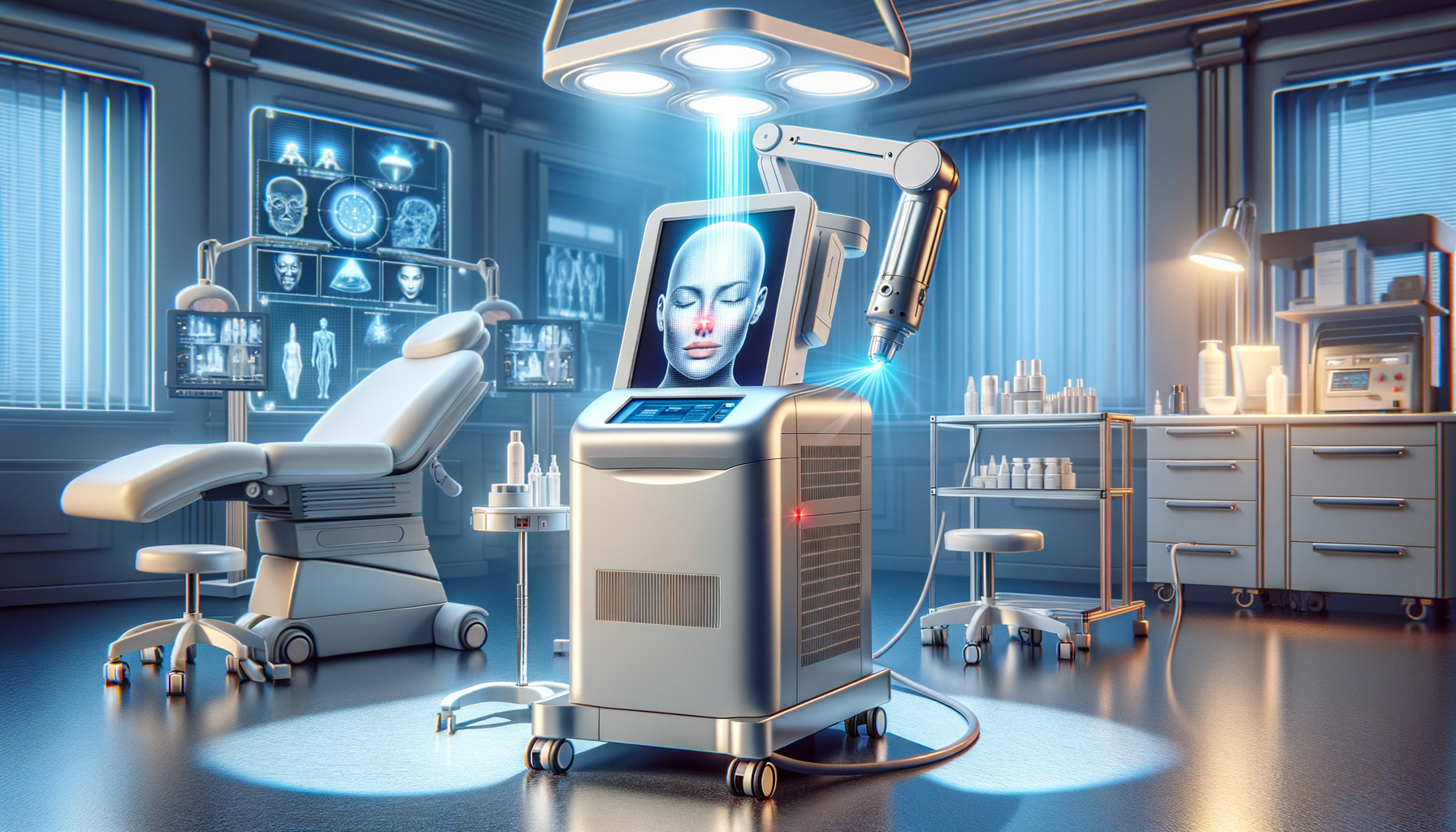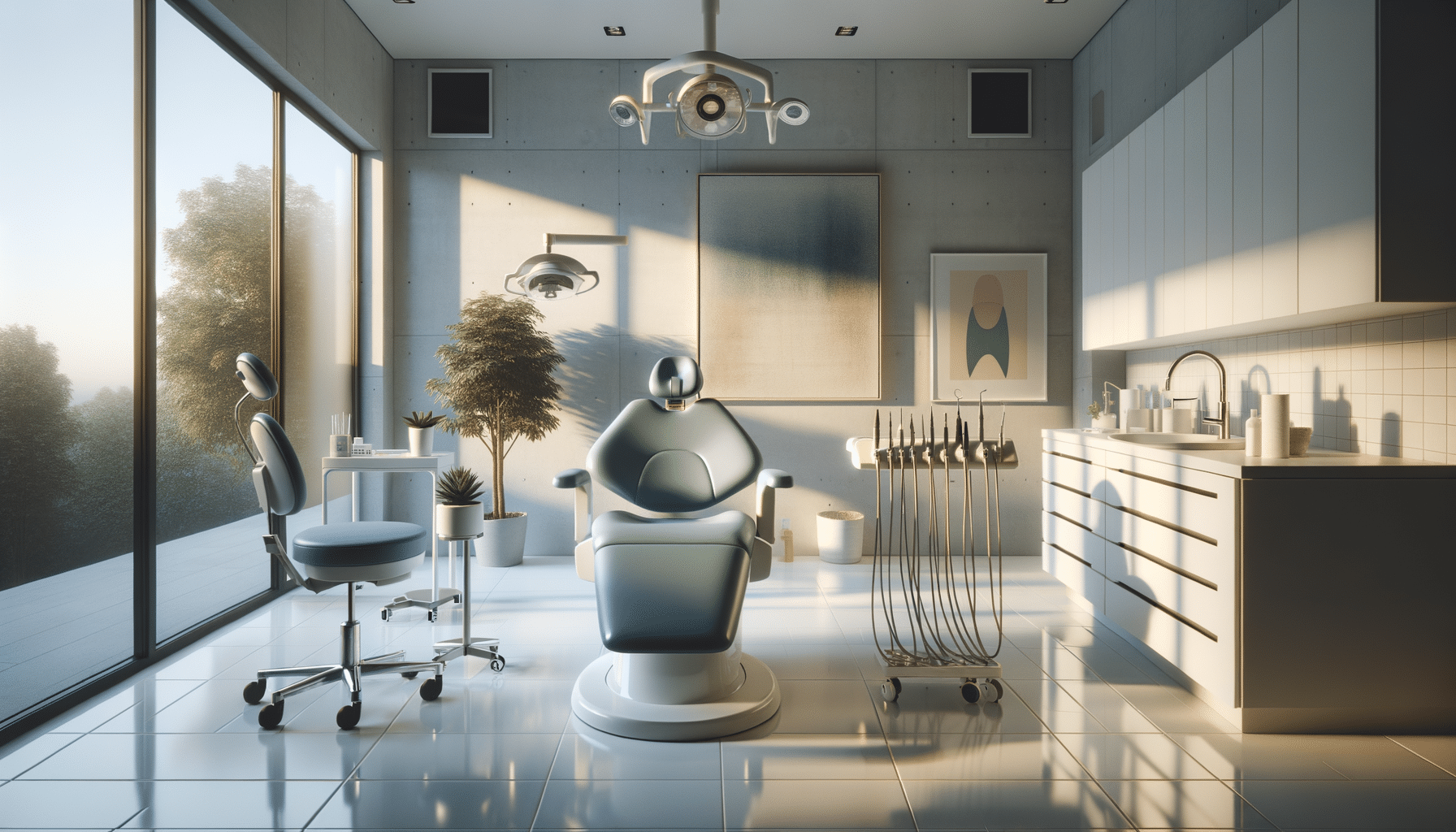
Non Invasive Laser Facelift Treatments Explained
Understanding Laser Treatment for Facial Rejuvenation
Laser treatment for the face, often referred to as laser resurfacing, is a popular non-invasive procedure aimed at improving the skin’s appearance. The primary goal is to reduce signs of aging, such as wrinkles, fine lines, and age spots, while enhancing the overall texture and tone of the skin. This technique uses concentrated beams of light to remove damaged skin layers and stimulate collagen production, a crucial protein for maintaining skin elasticity and firmness.
There are several types of lasers used in facial treatments, including ablative and non-ablative lasers. Ablative lasers, such as carbon dioxide (CO2) and erbium lasers, work by removing the outer layers of the skin, which can be more effective for deeper wrinkles and scars but require a longer recovery time. Non-ablative lasers, like Nd:YAG and pulsed-dye lasers, penetrate deeper into the skin without removing layers, making them suitable for treating minor skin issues with minimal downtime.
Laser treatments are tailored to individual needs, taking into account skin type, specific concerns, and desired outcomes. This customization ensures that each session is as effective as possible, with results that can be seen after just a few treatments. However, it is essential to consult with a qualified dermatologist or plastic surgeon to discuss potential risks and benefits, as well as to determine the most appropriate type of laser for your skin.
Benefits of Laser Facial Treatments
Laser facial treatments offer numerous benefits that make them an attractive option for those seeking to rejuvenate their skin without undergoing invasive surgery. One of the primary advantages is the ability to target specific skin issues, such as sun damage, acne scars, and hyperpigmentation, with precision and effectiveness. This targeted approach allows for significant improvements in the skin’s appearance with relatively few side effects.
Another benefit is the stimulation of collagen production, which helps to restore the skin’s natural elasticity and firmness. As we age, collagen production decreases, leading to sagging skin and the formation of wrinkles. By encouraging collagen growth, laser treatments can help to reverse these signs of aging, resulting in a more youthful and vibrant appearance.
Laser treatments also offer the convenience of minimal downtime compared to traditional surgical facelifts. Most patients can return to their daily activities within a few days, making it a practical choice for those with busy lifestyles. Additionally, the non-invasive nature of laser treatments reduces the risk of complications and side effects, such as scarring and infection, often associated with surgical procedures.
- Targeted treatment for specific skin concerns
- Stimulates collagen production for firmer skin
- Minimal downtime and risk of complications
Comparing Different Laser Technologies
When considering laser treatments for facial rejuvenation, it’s essential to understand the differences between the various technologies available. Each type of laser offers unique benefits and is suited to specific skin concerns, making it crucial to choose the right one for your needs.
Ablative lasers, such as CO2 and erbium lasers, are known for their ability to remove the outer layers of the skin, making them highly effective for treating deep wrinkles, scars, and severe sun damage. While they offer dramatic results, they also require a longer recovery period and are associated with more side effects, such as redness and swelling.
Non-ablative lasers, on the other hand, work by heating the underlying skin tissue without damaging the surface. This makes them ideal for treating minor skin issues, such as fine lines and mild pigmentation, with minimal downtime. Examples of non-ablative lasers include Nd:YAG and pulsed-dye lasers, which are known for their ability to stimulate collagen production and improve skin texture.
Fractional lasers, a hybrid of ablative and non-ablative technologies, offer a balanced approach by treating only a fraction of the skin at a time. This allows for faster healing and reduced side effects while still delivering noticeable improvements in skin tone and texture.
- Ablative lasers: CO2, erbium (deep wrinkles, scars)
- Non-ablative lasers: Nd:YAG, pulsed-dye (fine lines, pigmentation)
- Fractional lasers: Balanced approach with faster healing
Preparing for Your Laser Treatment
Proper preparation is essential to ensure the success and safety of your laser facial treatment. Before undergoing the procedure, it’s crucial to consult with a qualified dermatologist or plastic surgeon to discuss your specific skin concerns and determine the most appropriate treatment plan.
During the consultation, your practitioner will evaluate your skin type and condition, as well as review your medical history to identify any potential contraindications. It’s important to disclose any medications you’re taking, as some can increase the risk of side effects or interfere with the treatment’s effectiveness.
In the weeks leading up to your appointment, you may be advised to avoid sun exposure, as tanned skin can be more susceptible to complications. Additionally, you may need to discontinue the use of certain skincare products, such as retinoids and exfoliants, to reduce the risk of irritation.
On the day of the procedure, it’s essential to arrive with a clean face, free of makeup and skincare products. Your practitioner may apply a topical anesthetic to minimize discomfort during the treatment, and protective eyewear will be provided to shield your eyes from the laser’s light.
- Consultation with a qualified professional
- Review of medical history and medications
- Avoid sun exposure and certain skincare products
Post-Treatment Care and Expectations
After undergoing a laser facial treatment, proper post-treatment care is crucial to ensure optimal results and minimize the risk of complications. Your practitioner will provide specific aftercare instructions tailored to your procedure and skin type, but there are general guidelines that apply to most laser treatments.
In the immediate aftermath of the procedure, it’s common to experience redness, swelling, and a sensation similar to a mild sunburn. These side effects are typically temporary and should subside within a few days. To alleviate discomfort, you can apply cold compresses and take over-the-counter pain relievers as needed.
It’s essential to keep the treated area clean and moisturized to promote healing. Avoid using harsh skincare products, such as exfoliants and retinoids, until your skin has fully recovered. Your practitioner may recommend a gentle cleanser and a soothing moisturizer to support the healing process.
Sun protection is vital after laser treatments, as your skin will be more sensitive to UV rays. Apply a broad-spectrum sunscreen with an SPF of 30 or higher daily, and wear protective clothing and hats when spending time outdoors.
- Expect temporary redness and swelling
- Keep skin clean and moisturized
- Prioritize sun protection with SPF 30+ sunscreen


